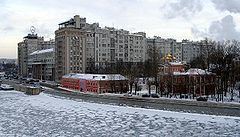Type Residential Height ~50 m Floors 12 | Completed 1931 Opened 1931 Construction started 1928 | |
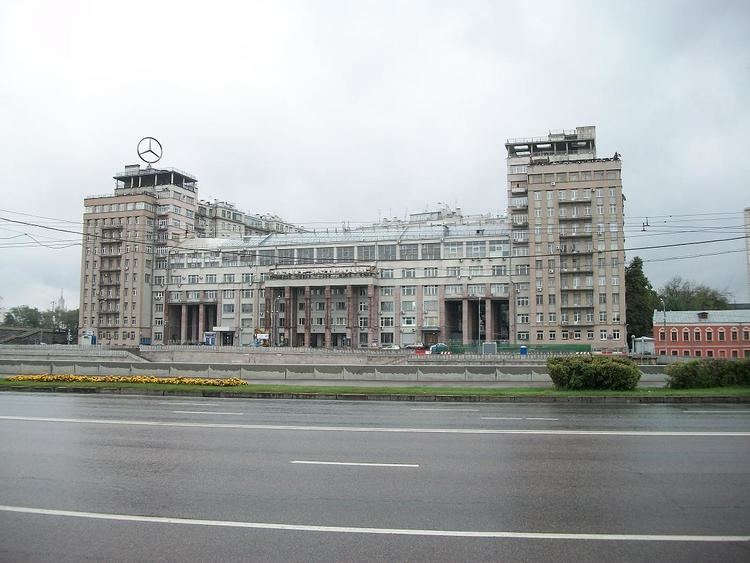 | ||
Address 2, Serafimovicha Street Architectural style Constructivist architecture Client Government of the Soviet Union Similar Moscow Museum of Archaeology, Bolshoy Kamenny Bridge, Kotelnicheskaya Naberezhnaya, Old English Court Museum, Cathedral of Christ the Saviour | ||
The House on the Embankment (Russian: Дом на набережной) is a block-wide apartment building on the banks of the Moskva on Balchug in downtown Moscow, Russia. It faces Bersenevskaya Embankment on one side and Serafimovicha Street on the other side.
Contents
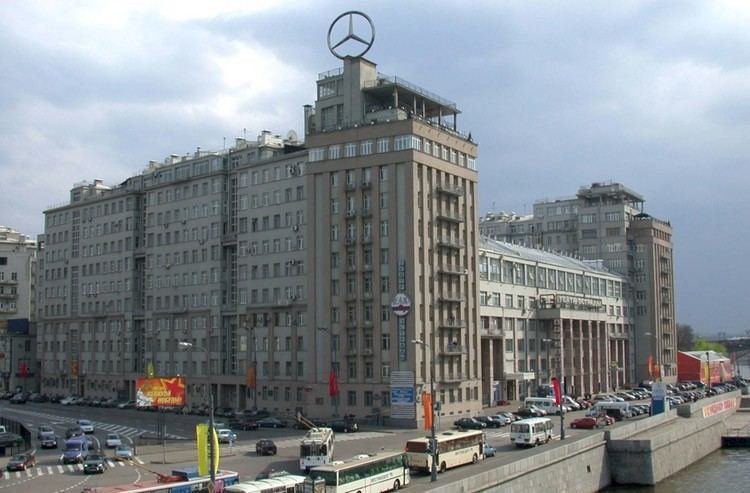
History
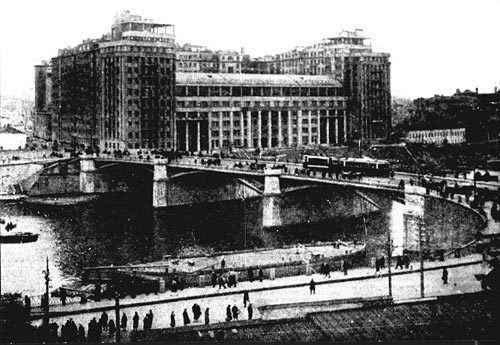
The relocation of the capital from St. Petersburg to Moscow meant there was an increased need to house civil servants in Moscow. In 1927, a commission decided that a building would be constructed in the Bersenevka neighborhood, opposite the Kremlin which until then was occupied by the Wine and Salt Court, an old distillery and excise warehouse. It was completed in 1931 as the Government Building, a residence for the Soviet elite. Previously they lived mostly in the Kremlin itself or in various luxury hotels around Moscow such as the National, the Metropol and the Loskutnaya. It was designed by Boris Iofan who lived in the building from 1931 to 1976. (He also designed the Palace of the Soviets, which was never built.) The building is considered to be contructivist in style. The apartments were luxurious for their time: telephones, central heating and high ceilings were standard. At the time, most Muskovites had to make do with communal apartments. The building also featured a sports hall, tennis court, kindergarten, library, laundrette and a kitchen from which meals could be ordered for collection. Many residents and their families were detained during Stalin's terror in the late 1930s, such that the building was dryly referred to as "The House of Preliminary Detention." (A play on the Russian initialism Допр, from the building's original name: Дом прави́тельства.) Fully one third of residents disappeared during the terror.
Present day
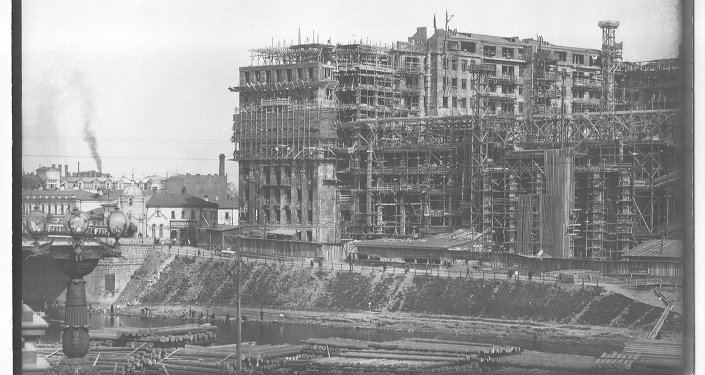
The building has 505 apartments (some used as offices), a theater, a movie theater, restaurants, and retail stores and a Sedmoi Kontinent supermarket, not dissimilar to the situation when it was originally built. Although other areas of the city have much more luxurious apartments, the apartments in the House on the Embankment are still sought after and very expensive because of their location and prestige associated with the building. A small museum was opened in 1989 in the building, containing exhibits about the history of the building as well as more general social history of the 1930s and 1940s. There are 25 memorial plaques on the facade of the building. From 2001 to 2011 an 8-metre high Mercedes Benz logo was placed on the roof (as advertising).
Culture
The name "House on the Embankment" became commonly used following the publication of a novella of that name by a former resident: Yuri Trifonov. It was written in 1975 and published in 1976.
The first and last scenes in the film Burnt by the Sun are set in the building.
The building has been entered in the city's cultural heritage register.
Notable past residents
